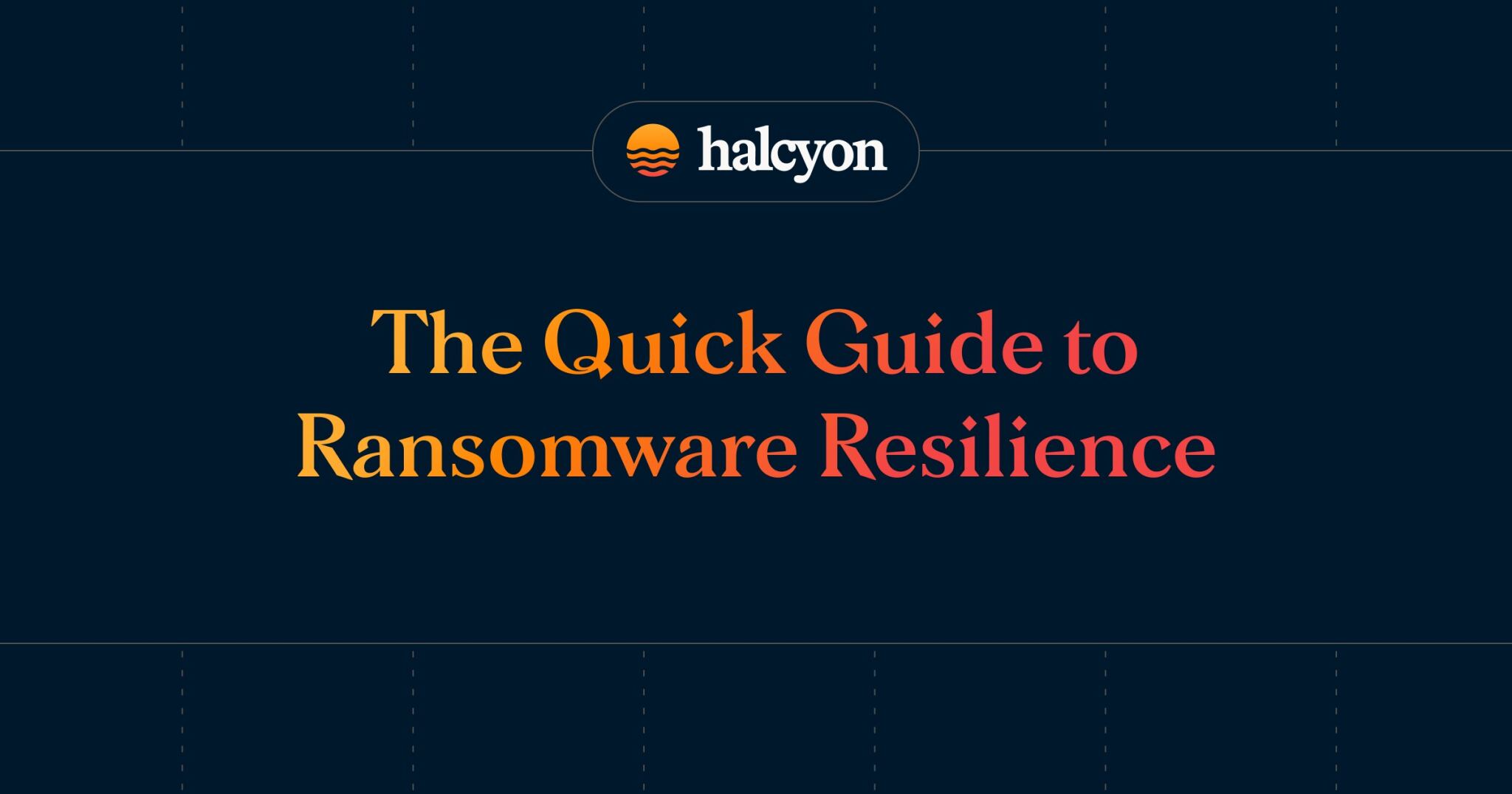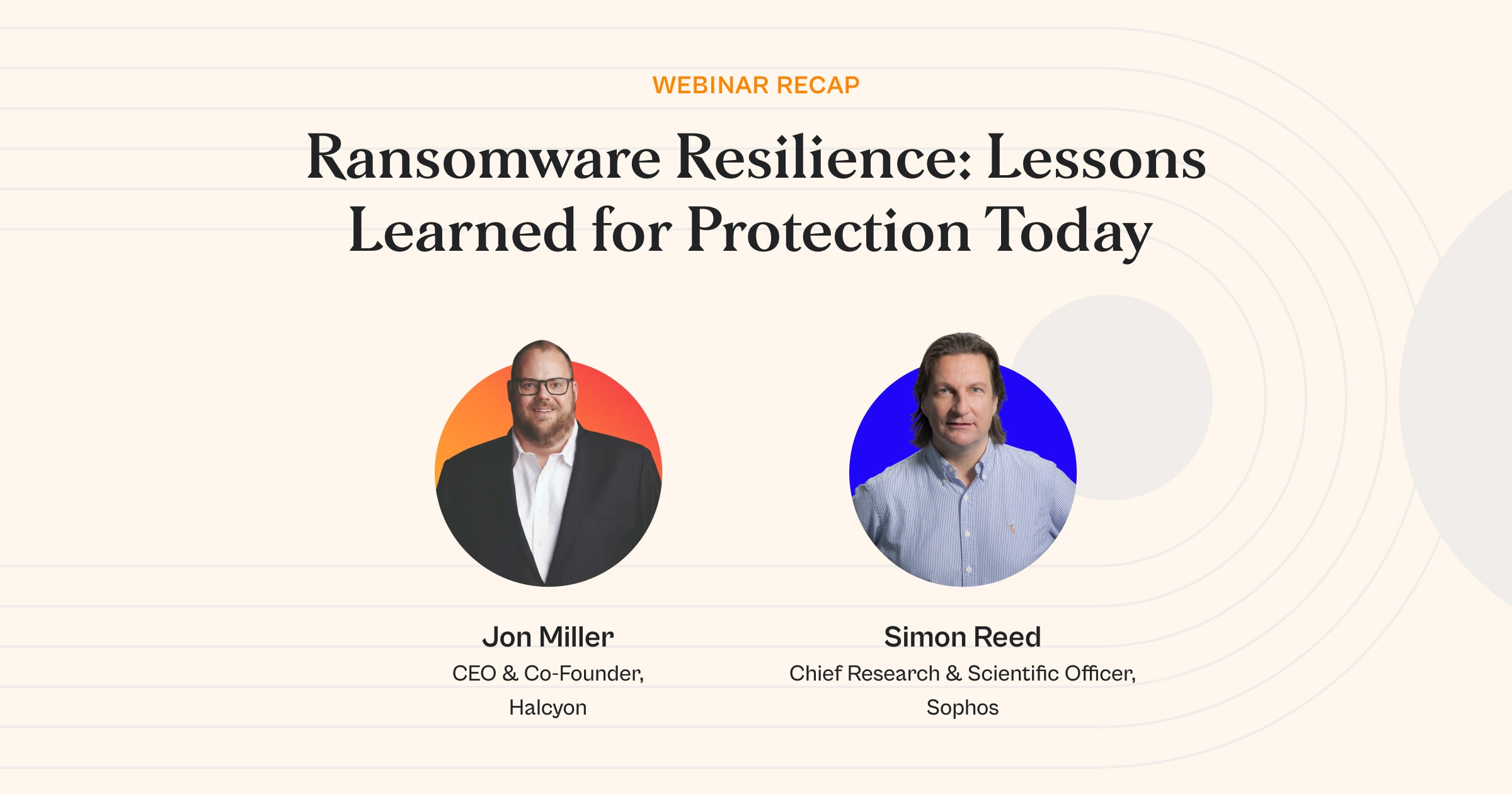Ransomware Shuts Down 158-Year-Old UK Logistics Firm


A longstanding Northamptonshire logistics company, KNP, has collapsed following a ransomware attack, resulting in the loss of nearly 700 jobs, the BBC reports.
The incident began when hackers gained access to the company’s systems by guessing a weak password. Once inside, they deployed ransomware that encrypted critical business data. Although KNP paid the ransom, the attackers did not restore access to the files.
The company was unable to recover from the operational disruption caused by the attack. With its systems compromised and no way to resume normal business functions, KNP ceased trading and entered administration. The firm, which had been in business for over 150 years, could not withstand the impact of the attack, which ultimately led to its closure.
After the collapse, a major retailer acquired select assets from KNP, including parts of its delivery operations. However, this deal did not include the full business or a large portion of its workforce. As a result, hundreds of employees have been made redundant.
Administrators confirmed that the business was no longer viable following the cyberattack and expressed concern for the employees affected. KNP had reportedly followed industry IT standards, but the attack exposed critical weaknesses—particularly in password security—and demonstrated how a single vulnerability can lead to total business failure.
The case underscores the destructive potential of ransomware attacks, particularly when recovery plans fail, and attackers do not honor ransom payments. For KNP, a single compromised password ultimately led to the end of a century-and-a-half-old business and the loss of hundreds of jobs.
Takeaway: Ransomware isn’t just a disruption. It is potentially an existential threat to some organizations. This is a stark example of what happens when a ransomware attack overwhelms recovery efforts and pushes a company past the point of no return.
This wasn’t a startup or a struggling firm. It was a 158-year-old logistics company that collapsed under the weight of one ransomware attack.
The ransom itself is not the straw that causes the final break. The real damage comes after. The costs associated with incident response, legal counsel, and crisis comms. You’re racing to understand what was hit, what was taken, and what might never come back. Regulators get involved.
Customers start calling. Partners pause deals. Employees panic. You are bleeding time, money, and trust by the hour.
Even if you think you're making progress, the losses keep stacking up. Legal exposure, compliance failures, contract breaches, insurance gaps, operational downtime. These aren't theoretical risks. They’re what breaks businesses. Recovery is rarely clean and almost never complete. And in high-impact cases, the economics just don’t work. In some cases, it costs more to fix than to fold.
Too many companies still treat ransomware as a technical issue. It’s not. It’s a boardroom-level business continuity issue. It’s a survivability issue.
If your business runs on data and digital operations, then a ransomware attack can take your organization out completely. Not just stalling it. Not just hurting it. But potentially ending it.
Halcyon eliminates the business impact of ransomware. Modern enterprises rely on Halcyon to prevent ransomware attacks, eradicating cybercriminals’ ability to encrypt systems, steal data, and extort companies – talk to a Halcyon expert today to find out more and check out our quarterly RaaS and extortion group reference guide, Power Rankings: Ransomware Malicious Quartile.
Related Posts
See Halcyon in action
Interested in getting a demo?
Fill out the form to meet with a Halcyon Anti-Ransomware Expert!





